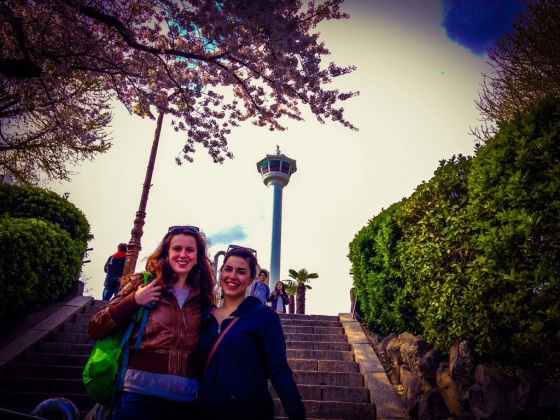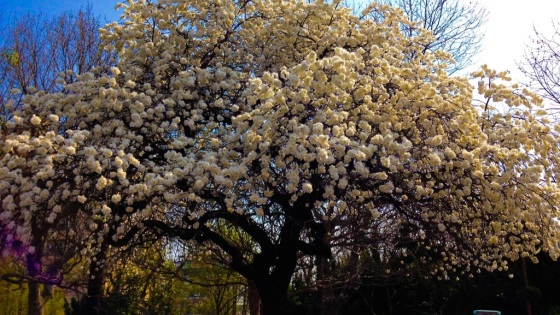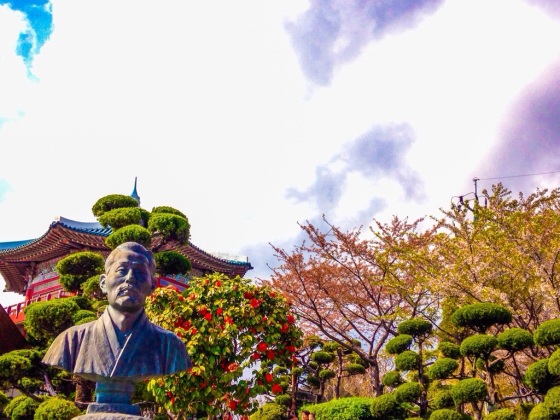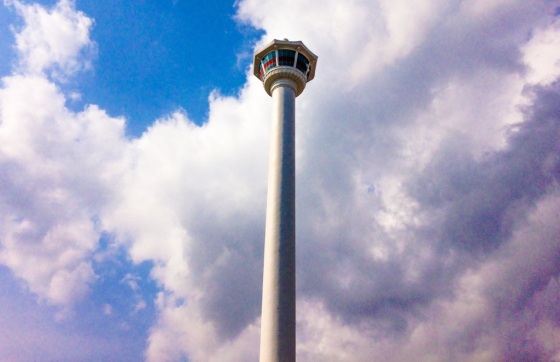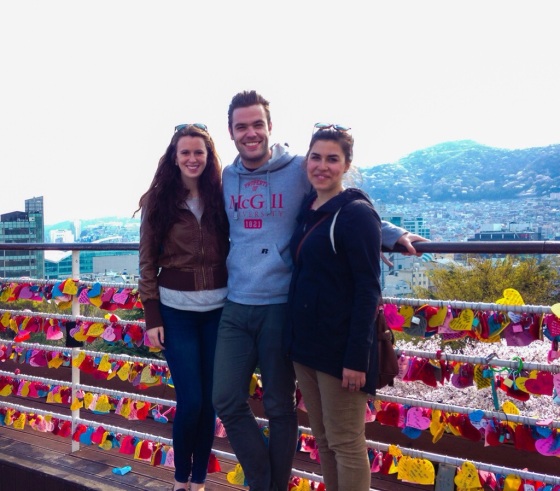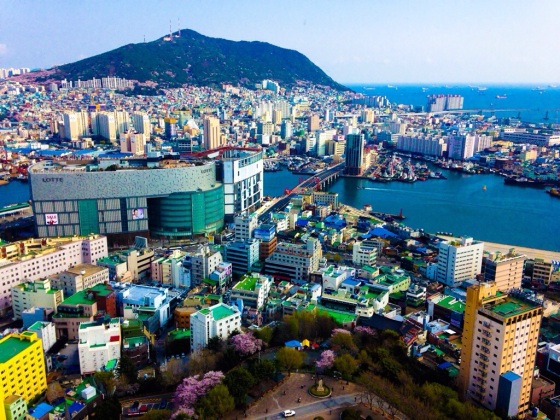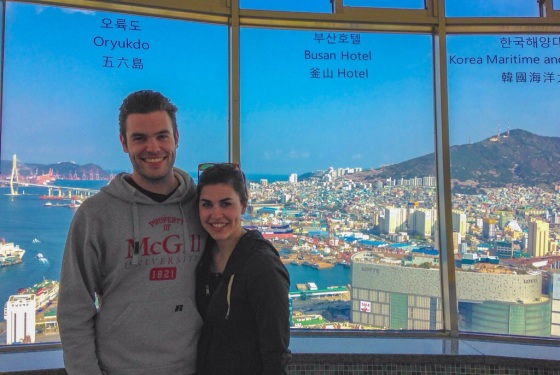This is a Busan Ex-Pat City Guide post. Check out the rest of my list here.
My first thought while researching Yongdusan Park was Harry Potter and the Goblet of Fire. I’m not exactly positive why, but I assume it has something to do with the etymology of the park’s name. “Yongdusan” translates to “dragon’s head mountain” and somehow this reminded me of Harry retrieving the Golden Egg from the Hungarian Horntail during the Triwizard Tournament. A non-sequitur if I’ve ever heard one, but YOLO.
My visit to Yongdusan Park, which is also home to Busan Tower, happened on a busy Saturday in Nampo (Steph and I had already visited Jagalchi Market and the Let’s Eat Alley earlier that day). Shortly after, we met Mary at Nampo Station, and headed up the escalator into the park.
Yongdusan Park boasts two pavilions, (one of which houses an aquarium), a statue of the famed Joseon Dynasty General Yi Sun-shin, a bronze dragon called Cheongdongyongtap (no doubt an homage to the “dragon’s head mountain”), and multiple stone monuments to literary figures and anti-government protestors. The park itself offered great bursts of colour, from the pavilion to the various gardens, and this was my first indication that spring was indeed on its way.
We stopped briefly when we came across a traditional fish throwing festival taking place in the centre of the park. [Note: Upon further research, I have learned that this occurs every Saturday at 3PM!] We watched as the large congregation of men and women, equipped with nets and baskets, swayed in unison to the sounds of a resounding drum-line. I’m still not totally clear on the significance of the ceremony, but I’m always interested in the unexpected, especially in Korea.
We made friends with a Korean gentleman at an elevated lookout containing a wall of “love locks”, a la Paris. After he snapped a few photos of the girls, he insisted on sending them to Steph via e-mail. Lo and behold, 72h later Steph received the photos. The kindness of strangers, right?
After checking out Yongdusan Park, we were ready for Busan Tower. We paid the admission fee, boarded the elevator, and ascended the 120m tall tower. When the doors opened and our ears finished popping, we were ushered into a quaint, albeit meagre, cafe. The Busan Tower has two floors at its crest – the first playing host to this cafe and sitting area, and the second housing an observation deck. Both floors have wraparound windows, offering somewhat mediocre views of Nampo-dong. I did find the views of Nampo Port and Yongdu Mountain nice, but found myself questioning why the tower wasn’t erected in an area with more to see.
One interesting feature of the tower is that each windowpane enlightens visitors as to what Busan sites they are looking at given their position in the tower (i.e. If you look out this window, you’ll catch sight of the Oryukdo Islands, Democracy Park, etc.). Again, Busan Tower is located in an area of Busan great for commercial shopping but less renowned for dazzling sightseeing. My personal opinion is that the tower would have been better suited to an area like Centum City, but alas, I am no urban planner.
While Busan Tower doesn’t offer the most spectacular views that the city has to offer, it’s worth a trip to visit Yongdusan Park during the warm months. At the very least, you’re five minutes away from Nampo’s premier restaurant, Arun Thai.
Directions
To get to Busan Tower and Yongdusan Park, take the Orange Line on the Busan Subway (Line 1) to Nampo-dong Station (stop 111). Go out exit 7 and turn left onto Gwangbokro Street. Proceed straight for about five minutes and you’ll come across the Yongdusan Park escalator (on the right side of the street). Entrance to the park is free, and admission to Busan Tower is W4,000.

